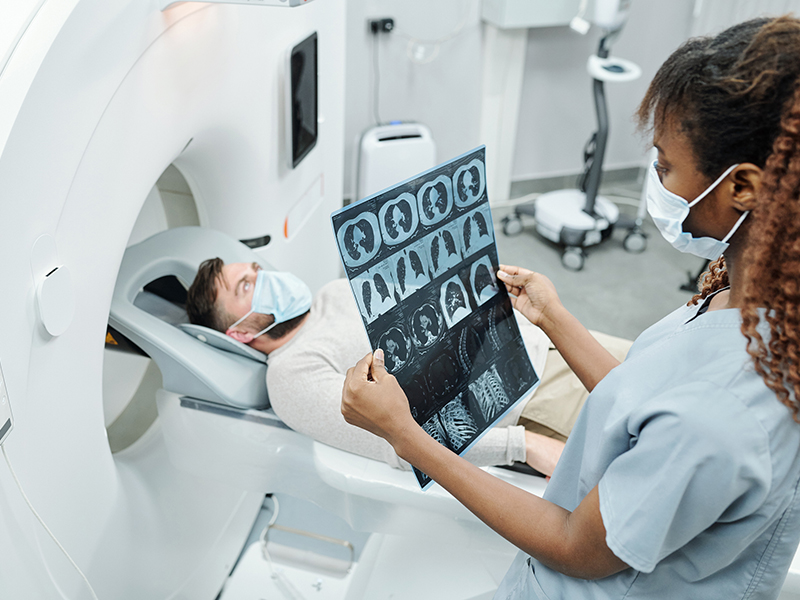Lung Cancer Awareness
Cessation Tips from Former Smokers
Low Resolution Video
“We did it. You can, too!” Three former smokers share tips that helped them quit in this video. For more help quitting, visit smokefree.gov.
Sue, 55, grew up with a smoker in the house: her father. “I used to be very against smoking. I would do things like mark little lines on the cigarettes, break cigarettes, hide cigarettes.”
But even “knowing how super bad smoking is for you,” as she says, didn’t stop her from trying one for the first time when she was 18 years old.
“I had a friend who was smoking,” Sue says. “I remember being very upset about something, and she said, ‘Here, have a cigarette. It’ll calm you down.’”
That first smoke was the start of a habit that has followed her throughout her adult life and led to a diagnosis of lung cancer. The cancer had spread from her lungs to her lymph nodes. She immediately started chemotherapy and went through 35 radiation treatments as well.
Sue, who is on her fourth year of maintenance chemotherapy, urges people to understand that smoking is an addiction to tobacco products. “Don’t start smoking,” she says, adding, “but if you already have, quit.”
You Can Lower Your Lung Cancer Risk
Don’t Smoke, and Avoid Secondhand Smoke
The most important thing you can do to prevent lung cancer is to not start smoking, or to quit if you smoke. For help quitting, visit smokefree.gov, call 1 (800) QUIT-NOW (784-8669), or text “QUIT” to 47848 from your cell phone.
Smoke from other people’s cigarettes, pipes, or cigars is called secondhand smoke. Make your home and car smoke-free.
Get Your Home Tested for Radon
The second leading cause of lung cancer is radon, a naturally occurring gas that comes from rocks and dirt and can get trapped in houses and buildings.
Is Lung Cancer Screening Right for You?
The U.S. Preventive Services Task Force recommends yearly lung cancer screening with low-dose computed tomography (CT scan) for people who—
- Have a history of heavy smoking, and
- Smoke now or have quit within the past 15 years, and
- Are between 55 and 80 years old.
Lung cancer screening has risks. That is why lung cancer screening is recommended only for adults who have no symptoms but who are at high risk for developing the disease because of their smoking history and age.
If you are thinking about getting screened, learn more and talk to your doctor. Lung cancer screening is not a substitute for quitting smoking.
Fast Facts
- Lung cancer is the leading cause of cancer death and the second most common cancer among both men and women in the United States.
- Each year, about 218,000 people in the United States are told they have lung cancer and more than 150,000 people die from this disease.
- In the United States, about 7,300 people who never smoked die from lung cancer due to secondhand smoke exposure every year.
- Different people have different symptoms for lung cancer. Most people with lung cancer don’t have symptoms until the cancer is advanced.
- Health care providers and state and local communities can play important roles in helping people lower their lung cancer risk.























.png)











No hay comentarios:
Publicar un comentario